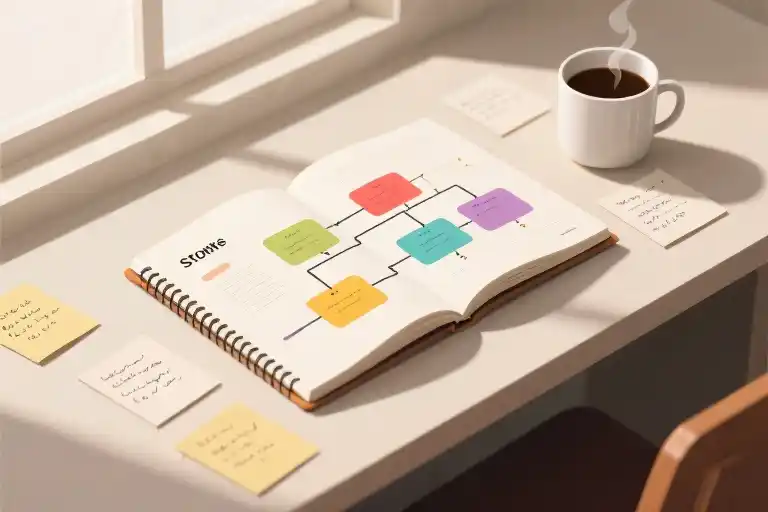You’re mid-conversation when it happens — that sudden void where words should be. The clock ticks louder. Their knee starts bouncing. Your coffee cup clinks like cymbals as you set it down. Why does a 3-second pause feel like eternity?
Most of us rush to fill that void with nervous laughter, unnecessary details, or watered-down demands. But what if I told you that silence isn’t your enemy? That the very discomfort making your palms sweat is actually a hidden lever of control?
When Words Fail, Silence Speaks Louder
Let’s rewind a tense Hollywood boardroom scene from 1999. Steve Jobs had just returned to Apple, facing executives clinging to outdated strategies. Instead of debating, he leaned back and let the silence swell. And swell. And swell.
“The air turned to molasses,” a witness later recalled. “After seven seconds — I counted — the CFO cracked first. He offered distribution channels Jobs never even asked for.”
This wasn’t magic. It was neuroscience in action.
Our brains treat conversational silence like physical pain. MRI scans show the anterior cingulate cortex (the brain’s “oh no!” detector) lights up during awkward pauses. We’ll literally pay to make it stop — with concessions, secrets, or sudden honesty.
Your Brain on Silence: Why It Works
- The primal panic → Silence triggers our ancient “exclusion alarm” (back when being ostracized meant death)
- Information vacuum → Our minds race to fill gaps, often oversharing
- Power reversal → Whoever holds silence longest controls the narrative
Becoming a Silence Conductor: Practical Sorcery
The 3-7-10 Rule (Tested in FBI Negotiation Training):
- 3 seconds: Minimum to disrupt automatic conversation patterns
- 7 seconds: Sweet spot for triggering meaningful disclosures
- 10 seconds: Nuclear option (use sparingly in high-stakes scenarios)
Pro Tip: Count mentally while maintaining soft eye contact. Imagine their words are butterflies needing space to land.
Silence Isn’t Empty — It’s a Stage
Last month, my friend Clara (a real estate rookie) tried this during a $2M listing presentation:
Normal Approach
Client: “We might wait until spring…”
Agent: “But inventory’s low now! And interest rates—”
Silence Strategy
Client: “We might wait until spring…”
Clara: Nods slowly. Smiles. Sips water. (5 seconds)
Client: “…unless you think we could get 10% over asking?”
By letting the client’s own words echo, Clara transformed hesitation into urgency.
When Silence Backfires: Read the Room
Not all quiet is equal. Watch for:
🚩 Folded arms + eyebrow raise → Defensiveness
🚩 Lip-biting + rapid blinking → Anxiety overload
🚩 Check phone/watch → Disengagement
Exit Strategy: If they’re not biting after 10 seconds, try:
- “I’m curious what your instinct says…”
- “Let’s circle back — what’s your biggest priority here?”
Your Homework: The Silent Treatment Challenge
Try this tomorrow:
- At coffee shops: When asked “What’ll you have?”, pause 3 beats before ordering
- In meetings: After someone finishes speaking, count “Mississippi-3” before responding
- With kids: Ask “Why?” → silence → watch them self-correct behavior
You’ll notice patterns within 72 hours. The barista shares the secret latte recipe. Colleagues volunteer solutions. Toddlers become philosophers.
The Ancient Art of Loud Listening
Marcus Tullius Cicero nailed it in 50 BC: “Silence is one of the great arts of conversation.” But today’s noise-addicted world makes this superpower rare — and therefore potent.
Remember: Silence isn’t passive. It’s the velvet hammer that:
✅ Extracts better deals
✅ Reveals true intentions
✅ Makes people feel heard (ironically)
Your turn to practice. Next time discomfort bubbles up… let it simmer. The magic happens when everyone else starts squirming.





